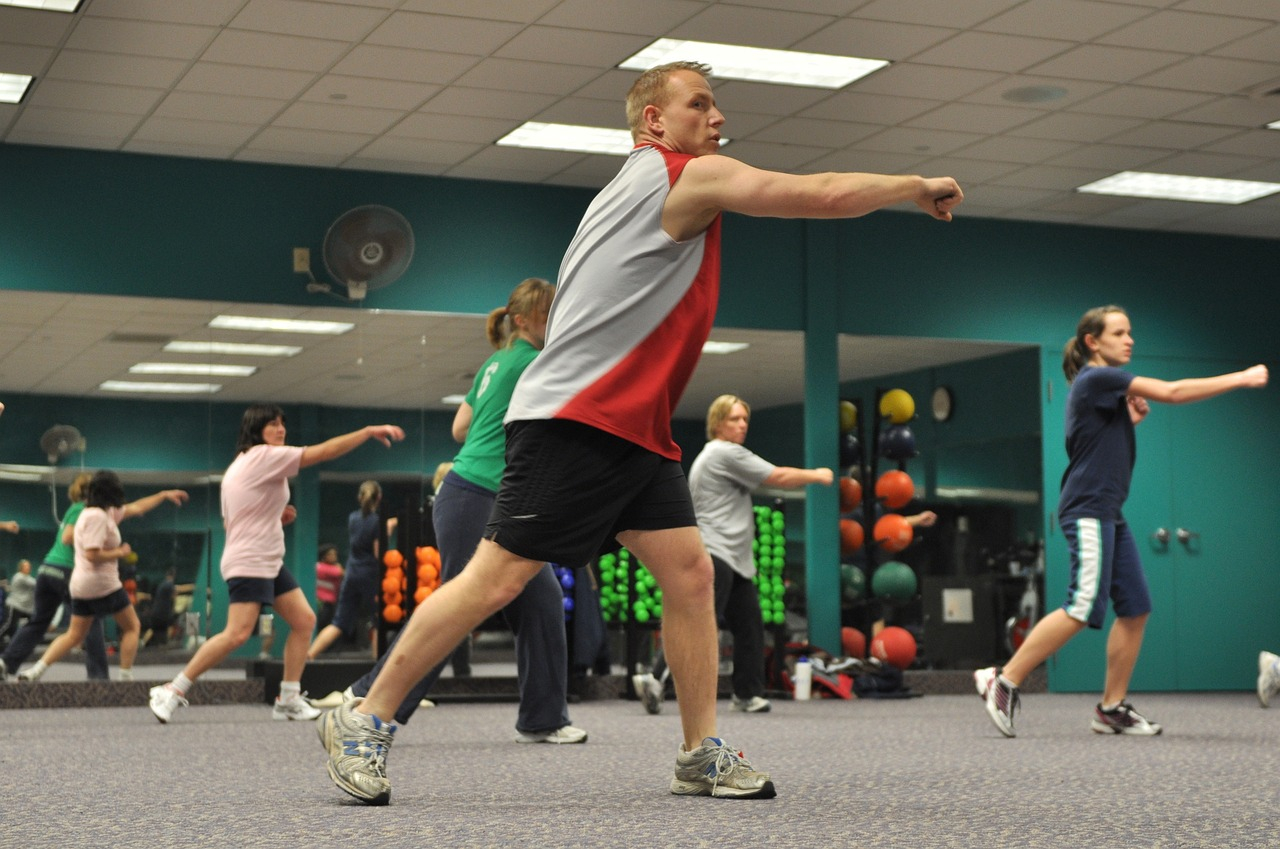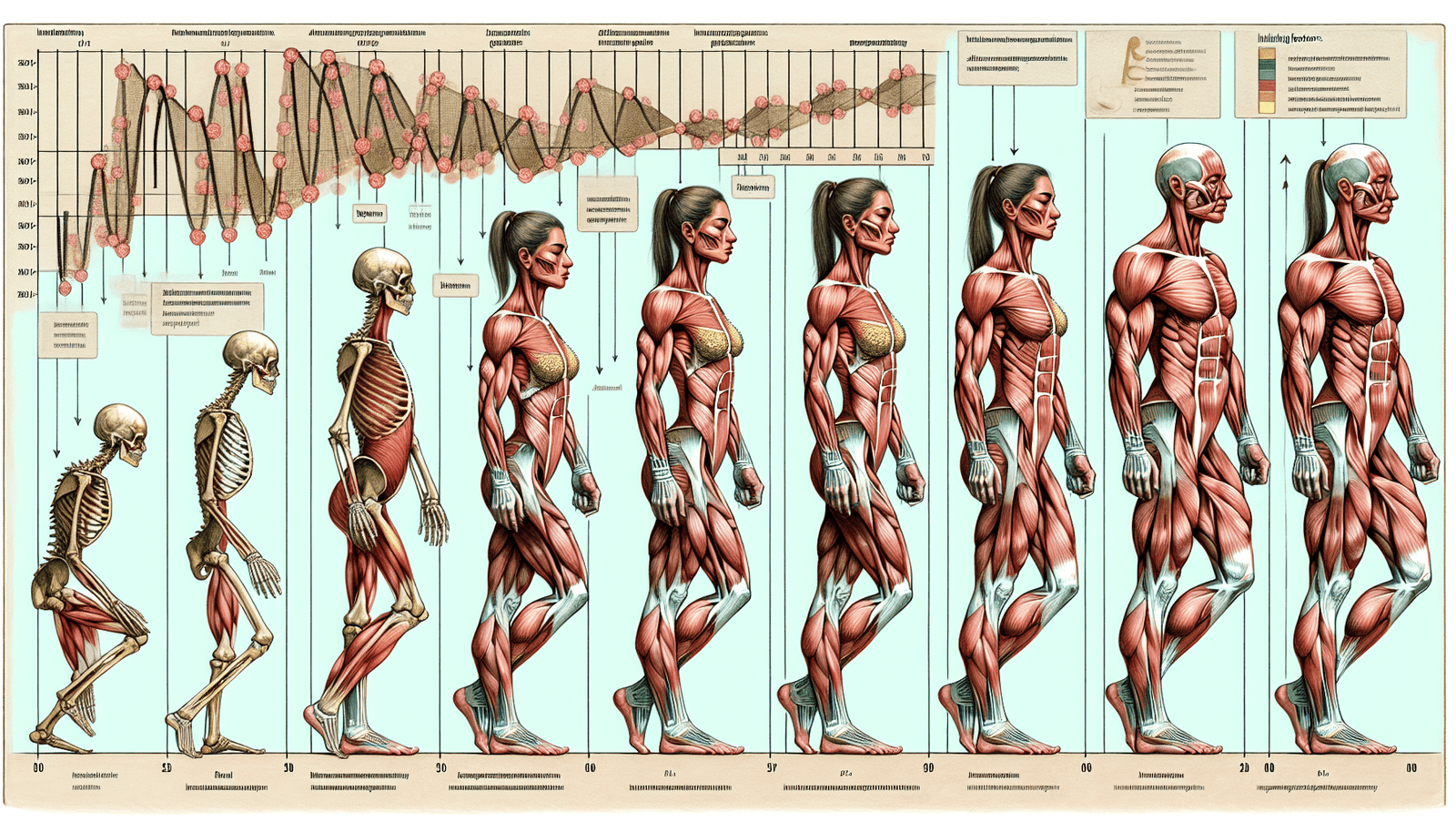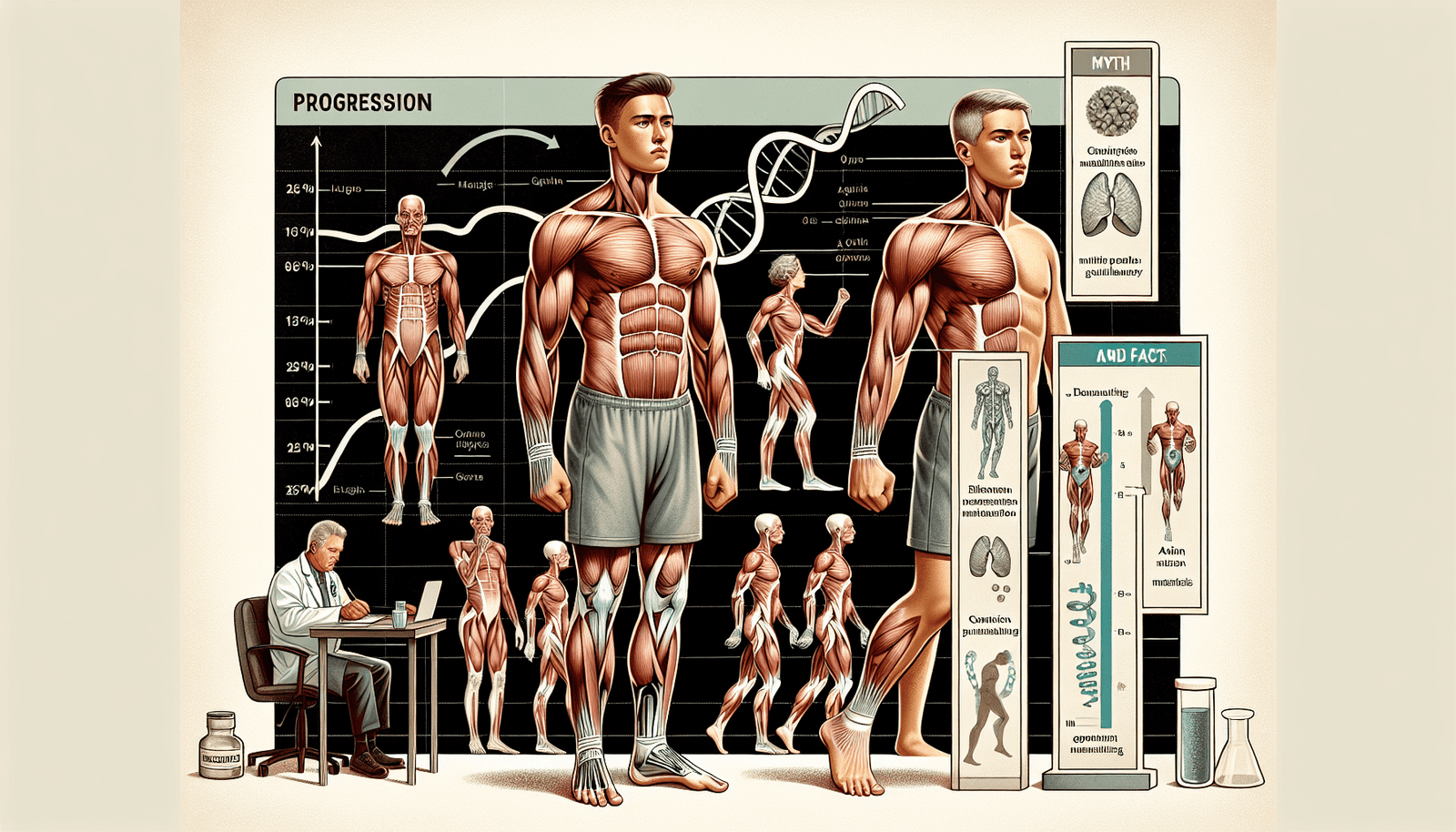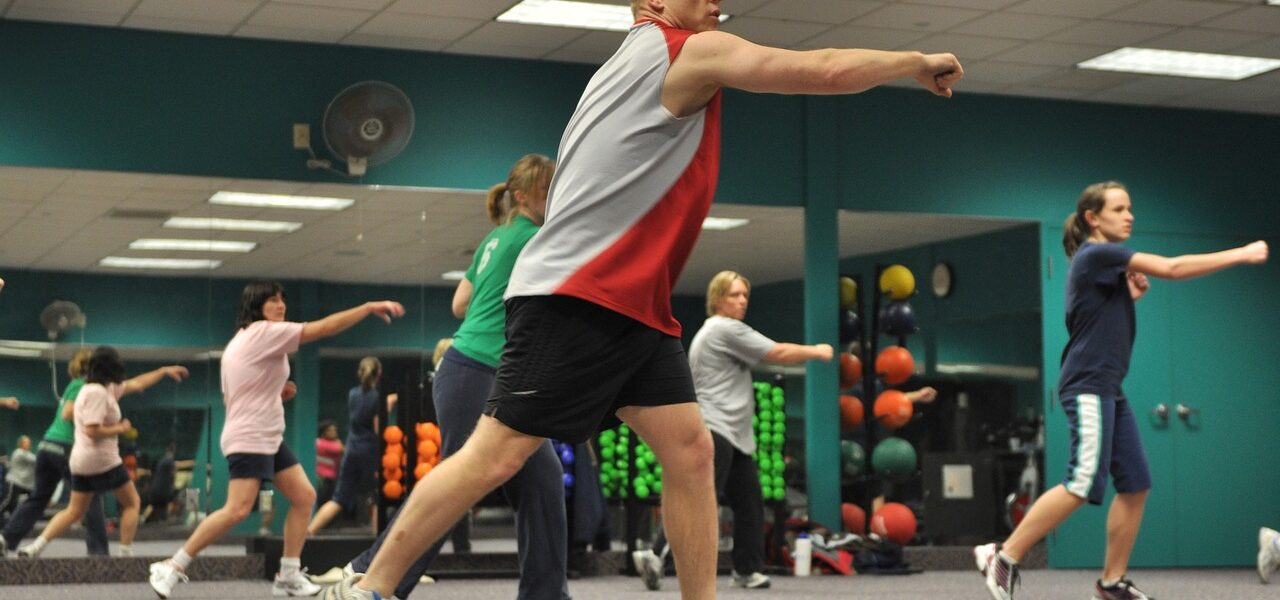Understanding the Science: How Long Does it Take to Build Muscle?
You’re pumped up, ready to hit the gym and start building some serious muscle. But, do you ever pause and wonder how long it could actually take for your workouts to translate into visible muscle growth? In this article, “Understanding the Science: How Long Does it Take to Build Muscle?” you embark on a journey through the complex process of muscle building. By approaching it scientifically, you’ll gain helpful insights into how to optimize your training for better results. We will explore the key factors that influence muscle growth, answering popular frequently asked questions, and helping you develop the patience and dedication needed for this physical transformation. This isn’t a sprint—it’s a marathon. Because when it comes to muscle building, it pays to remember, Rome wasn’t built in a day. So hold on tight, and let’s venture into the exciting world of fitness and muscle science!

The Basics of Building Muscle
Building muscle might seem like a complex process at first, but once you break it down, it becomes pretty straightforward. It’s all about understanding your body and providing it with what it needs to grow.
Understanding Muscle Growth
Here’s a quick biology lesson. Your skeletal muscles are comprised of fibers that contract to produce movement. When these fibers are challenged by more effort than they’re used to – for instance, moving heavier weights – they experience damage. Now, don’t panic. This natural damage, or microtrauma, triggers your body to repair and replace these fibers through a process called protein synthesis. The new muscle fibers are bigger, stronger, and better ready to cope with the same level of stress in the future. That’s essentially how muscle is built.
Importance of Protein Synthesis
As mentioned above, protein synthesis is your body’s way of healing and replacing muscle fibers. When you train and break down muscle fibers, your body responds by accelerating muscle protein synthesis (MPS) to repair the damage. To maximize muscle growth, you want to stay in a state of positive protein balance where MPS exceeds muscle protein breakdown. In simpler terms, you should be consuming more protein than your body is breaking down.
How Resistance Training Aids in Muscle Building
Resistance training is your primary tool for triggering muscle growth. By repeatedly challenging your muscles with high-intensity workloads, you stimulate mechanical tension, muscle damage, and metabolic stress – collectively known as the “three mechanisms of muscle hypertrophy.” Regular resistance training encourages muscle fibers to adapt and grow in size and strength.
The Science Behind Muscle Building
There are several physiological aspects which are involved when you start to put on muscle mass. Let’s explore these in more detail.
Role of Hormones in Muscle Growth
Your hormones play a crucial role in muscle growth. Testosterone and growth hormone are key in the regulation of muscle protein synthesis and muscle tissue growth. These hormones also interact with satellite cells (more on those shortly) to stimulate muscle growth.
How Microtrauma Stimulates Muscle Building
As mentioned earlier, resistance training causes microtrauma or minor damage to your muscle fibers. Your body responds to this “injury” by repairing and reinforcing the fibers, making them stronger and larger than before. As a result, you gain muscle mass and strength.
Understanding Satellite Cells and their Importance
Satellite cells act like repairmen for your muscles. When muscle fibers are damaged, satellite cells awaken from their dormant state and rush to the site of the damage. Here, they fuse to the damaged fibers, donate their nuclei, and aid in the repair. This process is necessary for muscle growth and recovery.
Optimal Training Frequency for Muscle Gain
Role of Recovery Time in Muscle Building
An effective muscle-building plan emphasizes not just training but also recovery. During rest periods, your body is hard at work repairing damaged muscle fibers and constructing new ones. Shortchanging yourself on recovery can interrupt this process and limit your muscle gains.
Difference Between Training for Strength vs Hypertrophy
When you’re training for strength, your focus is on lifting heavy weights for fewer repetitions. In contrast, training for hypertrophy or muscle size involves lifting lighter weights for a higher amount of repetitions. Both methods effectively stimulate muscle growth, albeit through slightly different physiological mechanisms.
Benefits of Full Body Workouts versus Split Training
Full-body workouts are efficient and effective for promoting muscle growth because they allow you to hit all major muscle groups in a single session. On the flip side, split training allows you to focus more intensely on individual muscle groups. The best approach will depend on your personal goals and preferences.
Impact of Genetics on Muscle Building
How easy or hard it is for you to build muscle largely hinges on your genetic setup.
Role of Myostatin in Muscle Growth
Myostatin is a protein that restricts muscle growth to ensure that the muscles do not grow too large. Individuals with less myostatin have a greater potential for muscle growth.
How Genes Affect Muscle Fiber Type
Your genes determine the ratio of slow to fast-twitch muscle fibers in your body. Fast twitch fibers are more suited to strength and size gains, while slow-twitch fibers are more endurance-oriented.
Understanding the Limitations and Benefits of Genetics
While genetics do set the stage for your muscle-building potential, they’re not the whole story. Even if you’re not naturally predisposed to bulk up, with consistent training, proper nutrition, and adequate recovery, you can still make significant muscle gains.

Nutrition and Muscle Building
Importance of Caloric Surplus
To build muscle, you need to feed your body more energy than it burns, putting it into a caloric surplus. These extra calories give your body the resources it needs to construct new muscle tissue.
Protein Requirements for Muscle Growth
Protein is paramount for muscle growth. As a general rule of thumb, aim for 0.6 – 1.0 grams of protein per pound of body weight. This will fuel protein synthesis and help repair muscle tissue damaged during workouts.
Importance of Carbohydrates and Fats in Muscle Building
In addition to protein, you need carbohydrates to replenish muscle glycogen stores and facilitate recovery. Meanwhile, fats are essential for the production of hormones, like testosterone which are crucial for muscle growth.
Supplements and Muscle Growth
Role of Creatine
Creatine is a popular supplement that enhances strength, power and muscle size by increasing your muscles’ ability to produce energy during heavy lifting or high-intensity exercise.
Benefits of Protein Supplements
Protein supplements, such as whey protein, have the benefit of being a convenient and efficient way to meet your daily protein requirements.
Impact of BCAAs and Other Supplements on Muscle Development
BCAAs (branched-chain amino acids) can enhance muscle growth, reduce muscle soreness, and decrease muscle fatigue. Other supplements, such as Omega-3 fatty acids and Vitamin D, can also optimize muscle health and growth.

Common Misconceptions About Building Muscle
Myth of the Anabolic Window
You’ve probably heard that you need to consume protein immediately after a workout or miss out on potential gains. This “anabolic window” has been largely debunked. As long as you’re meeting your overall daily protein needs, you’re good.
Misconception About High Repetitions for Muscle Growth
Many people think that high repetitions with lighter weights promotes muscle growth better than heavy weights for fewer reps. The truth is both low and high rep ranges can be effective for muscle building, depending on the individual.
Myth of Turning Fat into Muscle
This is physically impossible. Fat and muscle are two distinct types of tissue. What actually happens is that through exercise, you decrease body fat and increase muscle mass.
Average Time to See Muscle Growth
Factors Influencing the Time Taken to Build Muscle
Several factors influence muscle growth rate, including genetics, hormone levels, training intensity and frequency, nutrition, and recovery.
Time for Noticeable Changes in Muscle Size
Visible muscle growth takes time. Generally, beginners might notice modest improvements in muscle size within 8 weeks, while more noticeable changes begin to occur after 12-16 weeks of consistent training.
Role of Consistency and Patience in Muscle Building
The key is to stay consistent and patient. Muscle building is a marathon rather than a sprint, and lasting gains take time.

How to expedite Muscle Growth Safely
Periodized Training for Muscle Gain
Periodized training involves systematically varying your training variables over time to prevent plateaus and continue making progress.
Incorporating Progressive Overload
Progressive overload is another tactic to boost muscle growth. By continually increasing the amount of weight you lift, you’re consistently challenging your body to adapt by growing stronger and larger muscles.
Importance of Adequate Sleep and Recovery
Adequate sleep and recovery are just as vital to muscle growth as the workouts themselves. This is the time when your body heals, adapts, and strengthens your muscles.
FAQs on Building Muscle
How long does it take to build muscle?
Generally, an individual can expect to gain 1-2 pounds of muscle per month, though this varies based on factors like genetic potential, training intensity, and nutrition.
Can both men and women build muscle the same way?
Yes, the process of muscle growth is the same in both genders. However, due to hormonal differences, men may build muscle at a quicker rate or to a larger extent than women.
Does age influence muscle-building capacity?
Yes, as we get older, muscle-building capacity does decrease due to factors like reduced hormone production and a lower metabolic rate. Nevertheless, strength training can still be beneficial at any age.
How often should I exercise for optimal muscle growth?
For optimal muscle growth, aim for 2-3 full body workouts per week or 4-6 days if you’re doing a split routine.
Is it possible to build muscle without gym equipment?
Yes, bodyweight exercises can effectively stimulate muscle growth, particularly for novices. However, as you progress, resistance training with weights becomes necessary to continue challenging your muscles and promote further growth.
There you have it, a comprehensive guide to building muscle. Remember to approach it with patience and consistency. It’s not about immediate results, it’s about progressing steadily and sustainably. Now, get out there and start growing those muscles!


